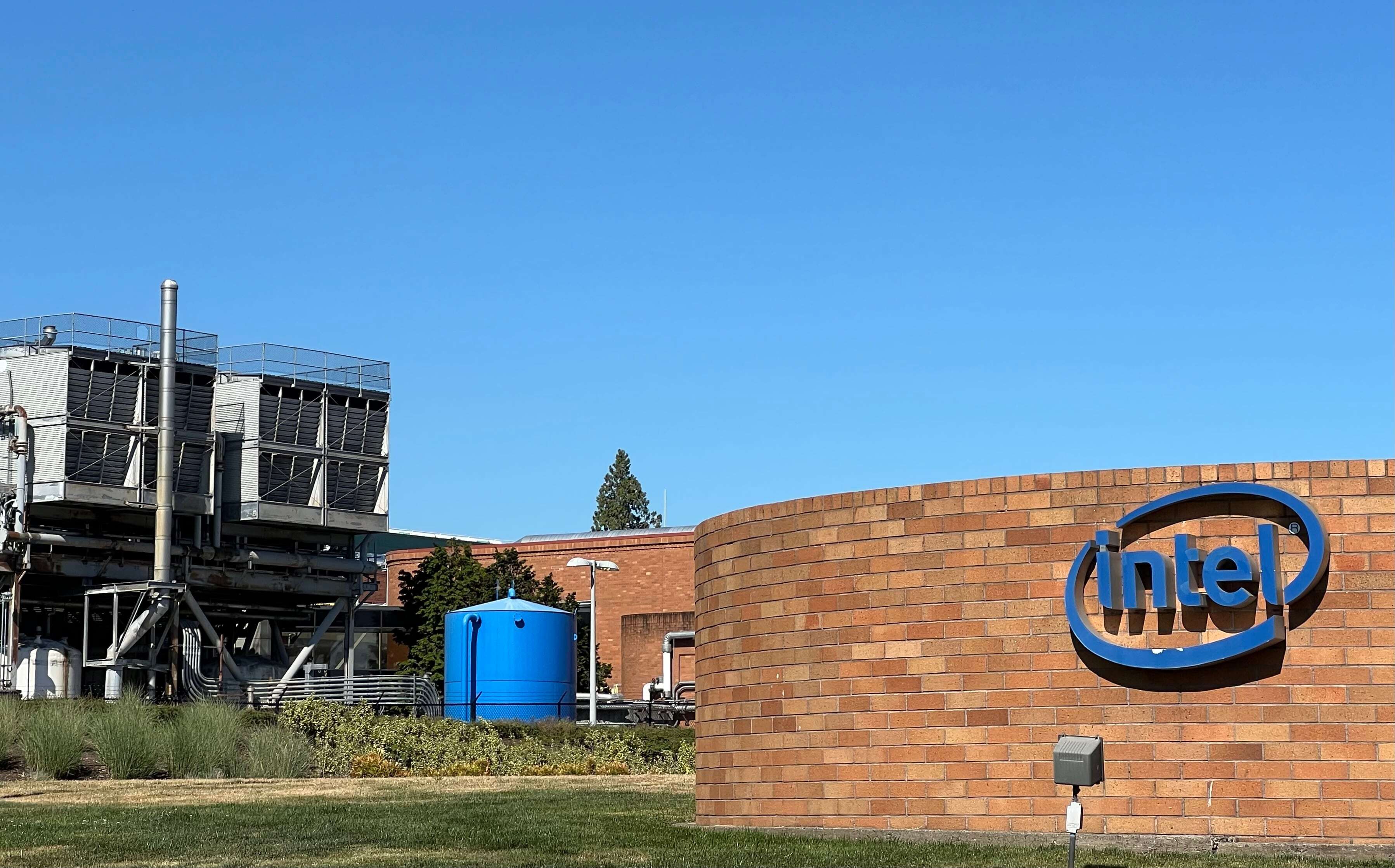Intel's bold shift in Oregon is unprecedented

Intel's Shrinking Presence in Oregon: A Shift in Economic Dynamics
Over the past five decades, Intel has been a cornerstone of Oregon’s economy, growing from a single factory in Aloha that opened in 1976 to becoming the state’s largest corporate employer. The chipmaker played a vital role in shaping Oregon’s economic landscape, investing billions of dollars annually to equip its Hillsboro facilities and attracting top scientists from around the globe to develop cutting-edge computer chips.
For years, Intel maintained a steady upward trajectory, even during periods of economic downturns. When job cuts occurred, they were typically offset by new hires. Just last year, the company was still planning a significant expansion that could add thousands of jobs in Oregon. However, this trend has taken an unexpected turn as Intel faces a series of technical and financial challenges.
A Sudden and Deepening Cutback
Intel has initiated an unprecedented reduction in its operations, with Oregon bearing the brunt of these cuts. Since August, the company has eliminated at least 5,400 jobs in the state, including 2,400 layoffs just in the past week. The local workforce is now under 18,000, the lowest level in over a decade. Internal sources suggest more cuts are expected in the coming weeks.
Many of those laid off worked in technical fields, where the average annual wage is around $180,000. These high-paying jobs have long supported the broader economy, but many workers may struggle to find similar opportunities locally. This exodus could lead to a loss of talent, friends, and neighbors, as well as a decline in the tax base that supports public services.
Impact on Oregon's Knowledge Economy
Intel’s struggles, combined with setbacks at other major institutions like Nike and Oregon Health & Science University, pose a risk to Oregon’s knowledge-based economy. However, some experts believe that the existing pool of skilled workers and human capital could serve as a buffer against further decline. Rajiv Sharma, an economics professor at Portland State University, notes that while this talent is a valuable asset, there is no guarantee it will prevent a downward spiral.
Technical Challenges and Leadership Changes
Intel’s troubles began several years ago in its Hillsboro research labs, where engineers pushed the boundaries of physics to create more advanced microprocessors. For years, Intel’s technology led the industry, allowing the company to invest heavily in future innovation. However, delays in developing key chip technologies, coupled with competition from rivals, led to a shift in momentum.
The company attempted to catch up under former CEO Pat Gelsinger, but investor concerns over the cost of these efforts led to his ousting in December. Despite these challenges, Intel continues to emphasize the importance of Oregon in its global operations, stating that an ongoing expansion will move forward.
Economic Implications for Oregon
For Oregon, the size of Intel has always been a critical factor. The state’s general fund relies heavily on personal income taxes, particularly from large employers like Intel. Over the years, lawmakers have implemented tax incentives to attract companies like Intel, which have contributed significantly to the local economy.
However, with Intel reducing its presence, the state now faces a precarious situation. Employment growth has slowed, unemployment has risen, and laid-off workers are taking longer to find new jobs. Additional budget constraints in sectors like transportation and federal employment could exacerbate these challenges.
Navigating the New Economic Landscape
State officials are working to address these issues without relying solely on Intel’s recovery. Governor Tina Kotek’s spokesperson emphasized the need to support all industries and keep Oregon’s skilled workforce in the state. Efforts are underway to attract other technology companies and ensure that Oregon remains a hub for innovation.
U.S. Senator Ron Wyden has also expressed support for the semiconductor industry, though he did not specifically mention Intel in his recent statement. His focus remains on ensuring that the U.S., with Oregon playing a central role, leads in designing and manufacturing critical components.
Conclusion
As Intel navigates its challenges, Oregon faces a pivotal moment in its economic history. The state must adapt to a changing landscape, leveraging its existing strengths while seeking new opportunities to sustain growth. The path forward will require collaboration, resilience, and a commitment to maintaining Oregon’s position as a leader in technology and innovation.
Post a Comment for "Intel's bold shift in Oregon is unprecedented"
Post a Comment